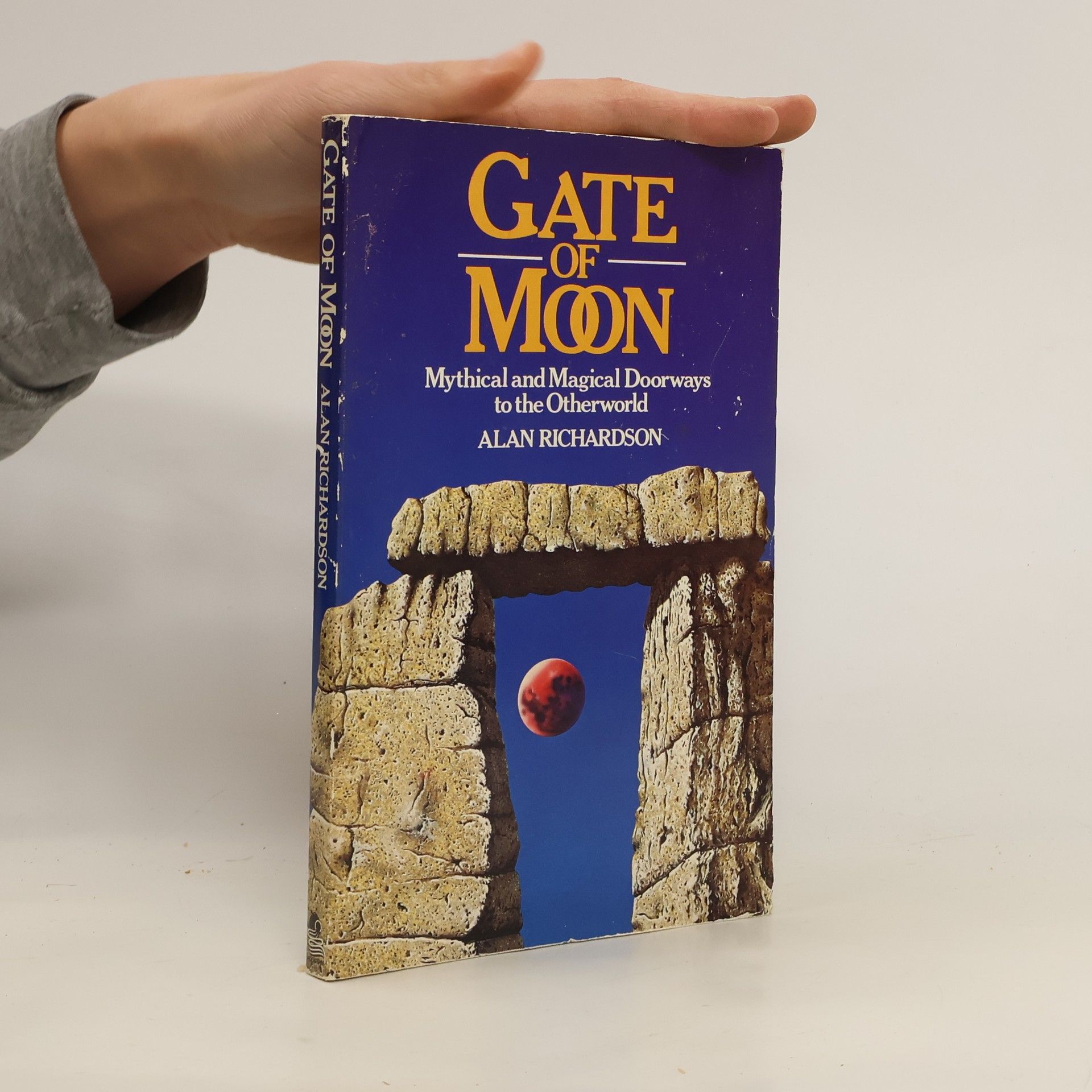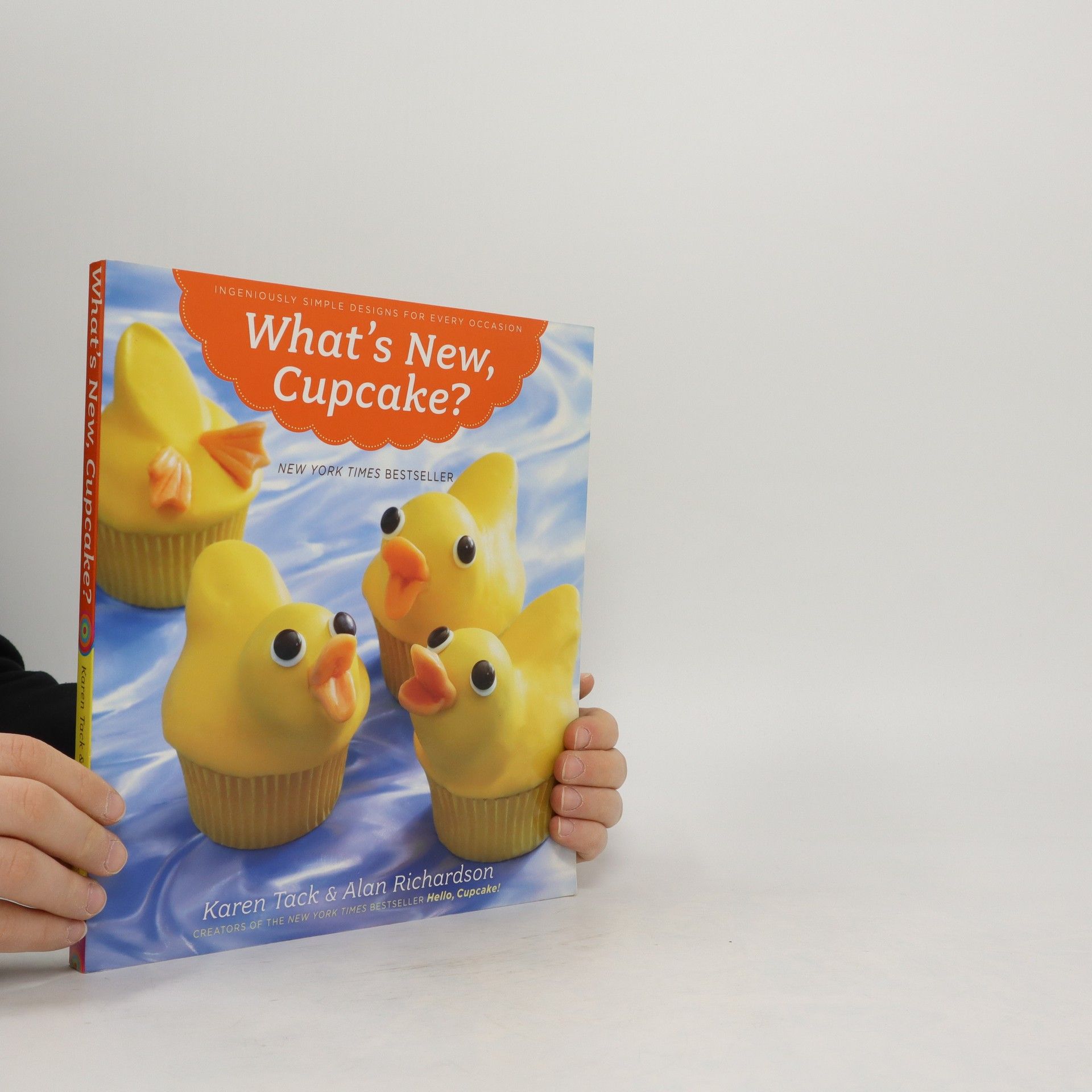Breakfast with Salamanders: Seasons On The Appalachian Trail
- 174 pages
- 7 hours of reading






The endlessly imaginative duo who turned cupcaking into a national pastime is back, with utterly new, eye-popping creations anyone can make. Create a race-car cupcake, a robot cupcake, or ravishing jewelry cupcakes for a birthday party. Surprise the family with Chinese takeout dinner cupcakes on April Fool's or serve up a goofy chocolate moose. Captivate Mom with a bouquet of long-stemmed rose cupcakes and build sand castle cupcakes with the kids. All you need are candies from the corner store and cake mix and canned frosting. So what is new, Cupcake? Dozens of "EZ" projects that use just a few ingredients--perfect for kids and parties.• More pictures, brighter colors, bolder designs.• More faux-food creations--so real you won't believe they're cupcakes!• More comical critters and the cutest pets ever!• More irresistible party centerpieces to celebrate hobbies, from golf to knitting.• More spectacular holiday Valentine's, Easter, Fourth of July, Halloween, Thanksgiving, and Christmas. You'll end up with cupcakes so striking that you won't want to eat them--but so delicious you'll have no choice!
The book explores the connections between the British Romantic movement and the early developments in neuroscience, highlighting how Romantic literature and thought intersect with emerging scientific ideas about the mind and brain. It delves into the ways in which poets and thinkers of the time grappled with concepts of consciousness, perception, and the human experience, revealing a rich dialogue between art and science during this transformative period in history.
An imaginative array of unique cupcake designs explains how to use snack items and common candies to create a variety of confectionery masterpieces to suit any occasion, from a big-top circus cupcake tier for a child's birthday, to a white cupcake Christmas wreath, ghost chocolate cupcakes, turkey cupcake place cards, or sausage and pepperoni pizza cupcakes for April Fool's Day. Original.
Go on a journey and learn about Mythical and Magical Doorways to the other world. This read will blow your imagination away
Reading as Social Practice, 1780 1832
Transformations in schooling and literacy in Britain from 1780 to 1832 significantly influenced the development of literature. The study explores definitions of childhood, educational practices, and the emergence of children's literature, particularly focusing on female education. It highlights how reading and education reshaped social relations and reinterprets Romantic texts through the lens of these historical and social changes, providing a unique intersection of literary and educational history.
"This book presents the story of the discovery and subsequent mapping by Europeans of the Australian continent and New Zealand. It is a story, told mainly through the maps they drew, of adventurous sailors who travelled in small ships across vast oceans. Plagued by ignorance and fear but driven by greed, curiosity and the crusading spirit, they explored and gradually filled in the emptiness. These were the people who discovered, mapped and finally settled in Australia, making it an outpost of European culture." -- prelude, page 6